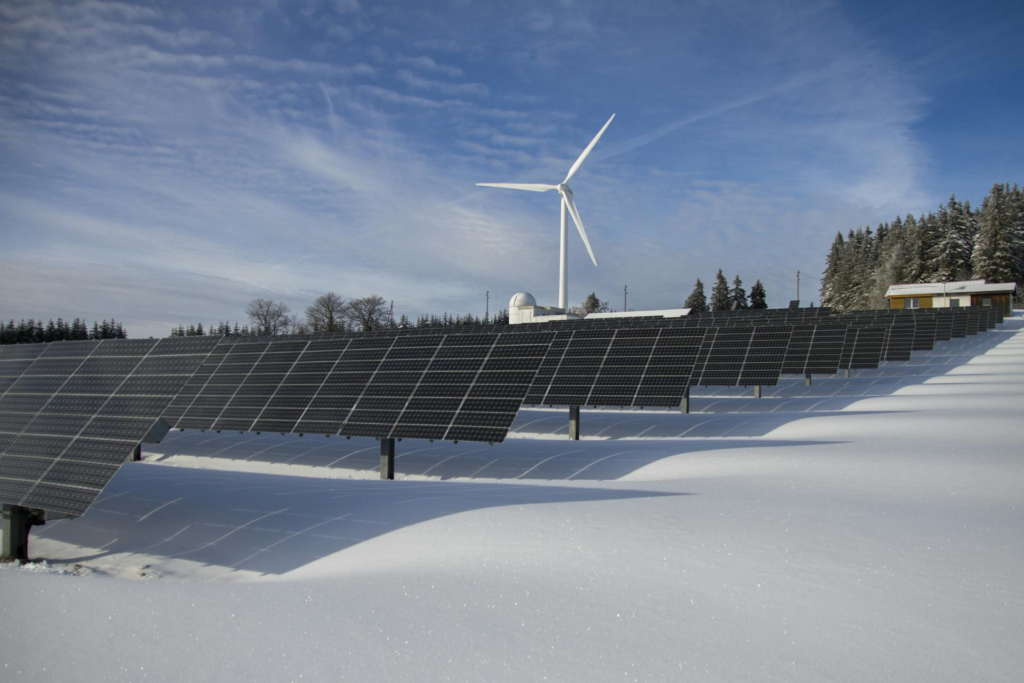The global clean tech industry has received a surge in investments over the last few years. In 2023, the United States invested $303 billion in clean tech technologies like renewable energy production and energy storage. Only China, which produces about 80% of the world’s solar panels and battery cells, invests more.
Clean tech offers one of the most reliable options in the fight against climate change. As fossil fuel emissions contribute to higher temperatures, embracing renewable technology could help prevent a worst-case scenario with erratic weather, inconsistent agriculture, and sea levels rising eight to 20 inches by the century’s end.
While adopting more clean technology will help curb climate change’s worst possibilities, the industry will require a radical shift in thinking, policy, and job skills.
Key Areas of Growth in Cleantech
Cleantech is a fairly broad term that can include several industries. Regardless of the specific industry, technology drives the innovations that will reduce the effects of global climate change.
Electric Vehicles
Transportation accounts for about 29% of greenhouse gas emissions in the U.S. While the vast majority of personal vehicles still use gasoline, the number of electric vehicles (EVs) sold has increased steadily over the last decade. In 2013, fewer than 1 million EVs were sold worldwide. In 2023, more than 40 million were sold.
Renewable Energy
According to the International Energy Agency (IEA), renewable energy will account for 35% of the world’s electricity by 2025. Renewable power accounted for 29% of energy in 2022.
In the U.S., renewables made up 21.4% of energy in 2023. Fossil fuels still dominate energy production in the U.S., accounting for 60% of power. Nuclear sources provide 18.6% of power.
Popular renewable energy sources in the U.S. include:
- Wind (10.2% of total energy production)
- Hydropower (5.7% of total energy production)
- Solar (3.9% of total energy production)
Energy Storage
Renewable energy technology works best in optimal conditions. For instance, wind turbines only generate electricity when there’s enough wind to rotate them. Solar panels only produce power when exposed to sunlight.
Improved energy storage increases the usefulness of renewable energy by creating ways to reserve power for the future. On a cloudless day, a solar panel might create abundant power. That period of abundance matters much more when a battery can store the electricity for later.
Recent breakthroughs in energy storage could lead to batteries capable of storing more power and operating in lower temperatures.
Carbon Capture and Storage
Carbon capture and storage technology collects CO2 emissions before they can reach the atmosphere. For example, a factory might install carbon capture systems that direct emissions to an absorber instead of releasing them into the air.
Currently, energy companies use collected CO2 to recover more oil from reservoirs. While there are other potential uses for CO2, they cost too much money to compete in the existing market. As clean tech advances, though, the stored CO2 could become attractive to various industries.
Cleantech’s Impact on Hiring Trends
The rise of clean technology will influence job opportunities in tech. Some of the experts who will likely play critical roles in the future of clean tech include:
- Engineers with experience in renewable energy systems and sustainable infrastructures.
- Data analysts and AI experts who can optimize energy usage and find ways to improve efficiency.
- Regulatory and compliance professionals capable of following sustainability regulations in an environment that evolves rapidly.
- Sales and business development professionals familiar with clean tech applications, attracting talent, and forming strategic partnerships.
- Project managers who can lead projects from early development through deployment.
Challenges and Opportunities for Recruiters
Rising demand for clean tech professionals will create challenges and opportunities for recruiters. Many companies already say they struggle to fill technology roles. While growth in clean tech could make it even more difficult for some companies to fill roles, recruiters can adopt strategies to overcome this challenge.
Leverage Technology to Identify Top Talent
Recruiters should start leveraging technology to identify top talent as soon as possible. For some recruiting firms, that will mean something as simple as using social media platforms to connect with engineers, data analysts, and other professionals. Other firms might need to take more sophisticated approaches, like using AI to identify exceptional job candidates and predict what skills candidates need to succeed in jobs.
Build Partnerships With Clean Tech Companies
European Union clean tech startups that joined innovation clusters have grown 20% faster than similar startups outside of clusters. While innovation clusters might not fit every company’s strategy, this success demonstrates the importance of forming beneficial partnerships in the clean technology industry.
Some companies might not need full-time clean tech professionals. Instead, they could rely on their partners as needed. Without effective partnerships, it becomes much more difficult for companies to fulfill tasks when they arise.
Promote Clean Tech’s Mission-Driven Nature
Over a third of U.S. workers say their jobs are very important or extremely important to their identities. Recruiters can use this to attract professionals eager to find meaningful work that helps lower the negative effects of climate change.
Takeaway: Recruiting Firms Can Lead the Charge
Job opportunities in tech will change over the next decade as more companies and governments embrace clean tech. Recruitment firms can play a critical role in filling important job openings. However, success will depend on staying current with evolving needs.
Follow MRINetwork to learn more about tech changes and how they influence job opportunities.

Connect with MRINetwork